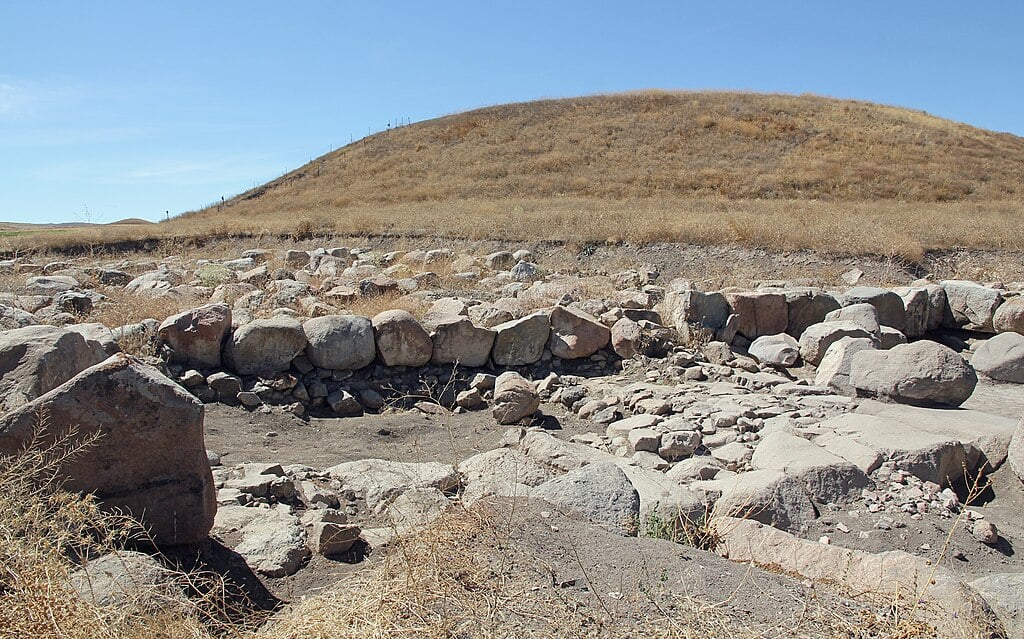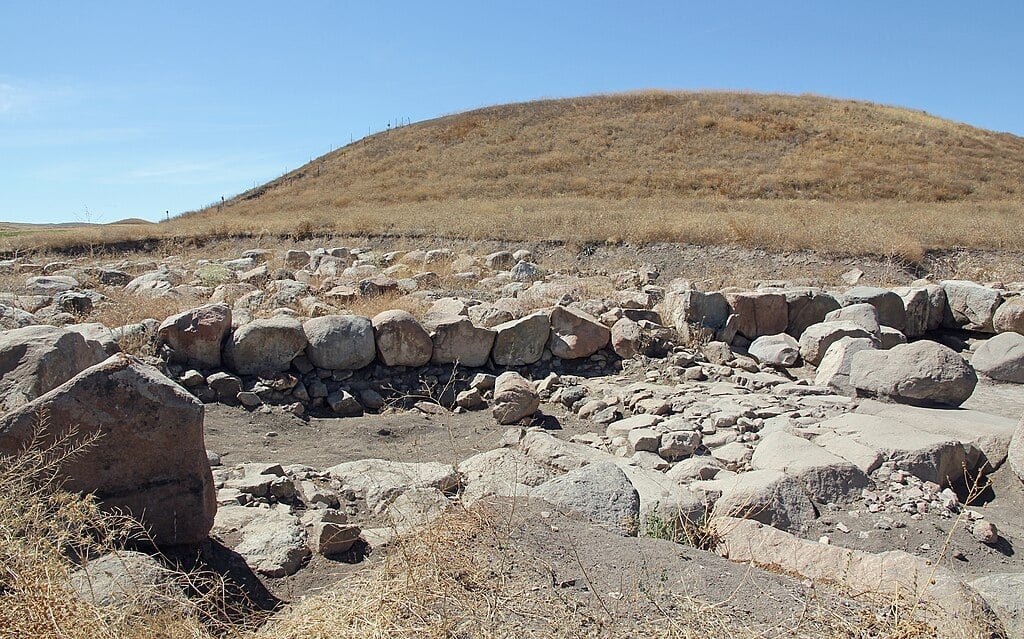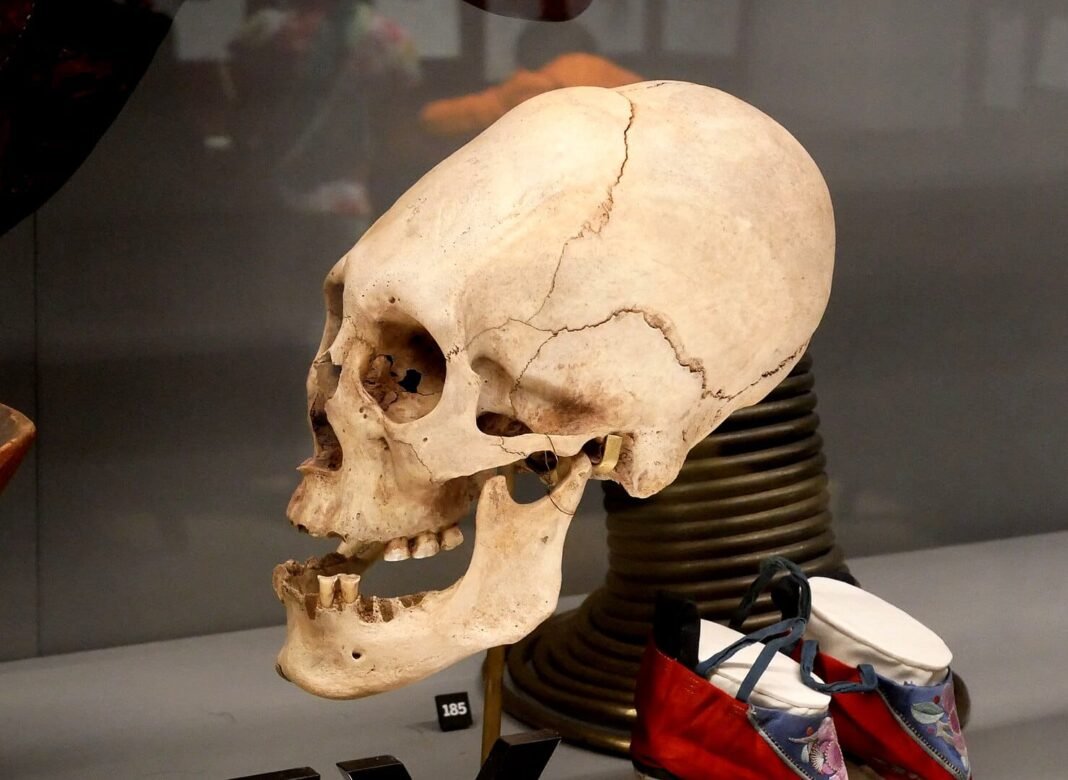
Archaeologists working at the ancient site of Uşaklı Höyük in central Turkey have uncovered an infant’s tooth dating to the Hittite period, adding to a growing body of evidence about how children were treated after death in the ancient Near East.
The find came during the 2025 season of the Italian Archaeological Mission in Central Anatolia, led by a team from the University of Pisa in partnership with Turkish researchers.
The tooth was discovered in soil covering a stone pavement east of the site’s enigmatic Circular Structure, a Hittite-period monument first excavated in 2021.
Previous seasons revealed a nearly complete skeleton of another infant, a newborn, and partial remains of four more perinatal individuals. None were buried in formal graves. Instead, the bones were scattered or deposited alongside animal remains, ash, and pottery fragments.
Clues from other ancient cultures
Written Hittite sources do not describe how deceased infants were treated, leaving archaeologists to look elsewhere for context.
In many ancient Near Eastern societies, children were buried differently from adults — often inside homes, in ceramic containers, or special zones. Urns containing the remains of very young children, occasionally accompanied by small animals, were placed in specific ritual areas within the tophets of Phoenician and Punic cities.
Early evidence at Uşaklı Höyük suggests a similar arrangement. The repeated association of infant remains with the Circular Structure suggests the area may have been a designated location for child burials or related rites.
DNA analysis may provide rare insights
The newly found tooth is significant because its secure archaeological context allows for DNA testing — a rare opportunity for the Hittite period, where well-preserved skeletal material is scarce.
Researchers at the Human_G laboratory at Ankara University will conduct the analysis, which could reveal biological details about the children and their possible origins.
Excavations reveal broader history of the site
While the infant remains are among the season’s most notable finds, the 2025 campaign also expanded knowledge of Uşaklı Höyük’s long history. Excavations focused on three areas: two in the lower town and one on the citadel summit.
For the first time, archaeologists documented a sequence of houses and open spaces on the summit dating from the Iron Age to the Hellenistic period. They also uncovered a monumental circuit wall built between the Late Iron Age and Hellenistic period, linking the site to a network of regional fortresses used under Phrygian, Persian, and Galatian control.
In deeper trenches, the team reached Middle Iron Age destruction layers, rich in burnt stone and ash, and collected charcoal samples for precise dating.
A renewed focus on Area F
The discoveries have strengthened the view that the Circular Structure was more than an architectural feature—it likely served a ritual function central to the settlement’s sacred and communal life. With the infant remains now under study, researchers hope to gain unprecedented insight into the human stories behind this ancient Hittite site.


